
T-shirt turns tough after transformation
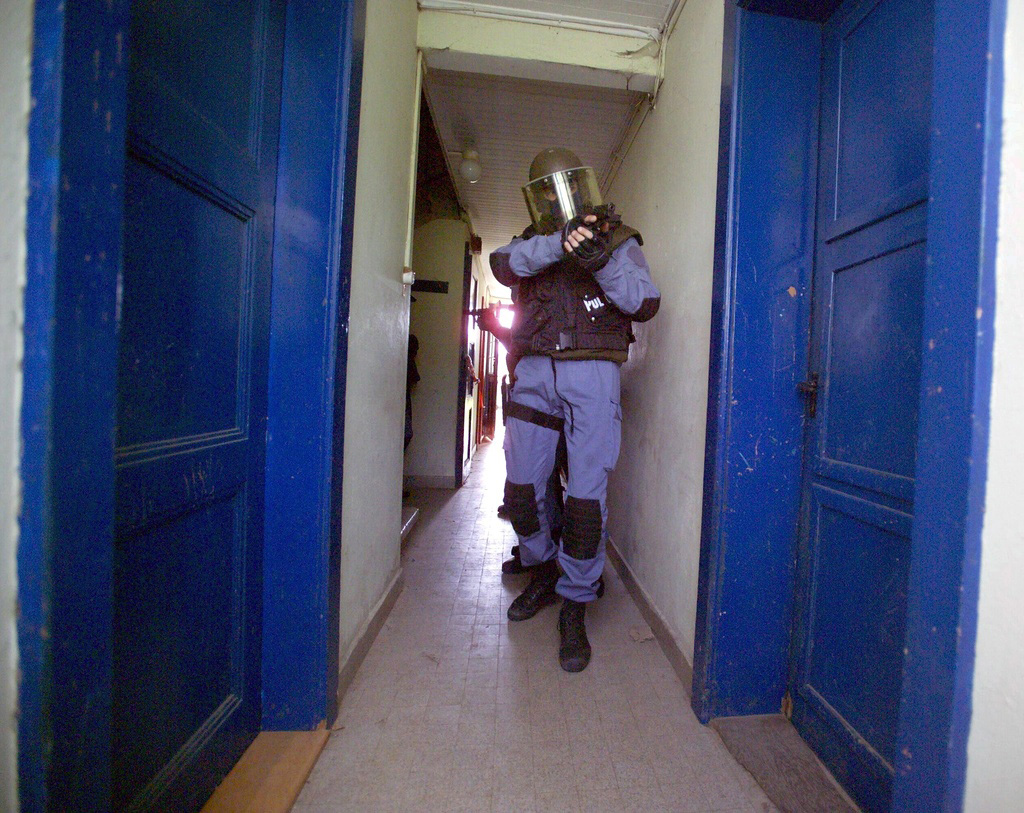
The idea that a humble T-shirt will one day be turned into comfortable body armour for soldiers and policemen might be considered stretching a scientific story.
But researchers from Switzerland, the United States and China have discovered that cotton can be transformed into a material that is extremely tough as well as flexible.
What scientists in South Carolina have done is to combine the carbon in the shirt’s cotton with boron – the third-hardest material on earth. The result is a lightweight shirt reinforced with boron carbide, which is used to protect tanks.
Researchers at the Federal Institute of Technology in Zurich (ETHZ), led by Brad Nelson, have been looking at how strong the new material is.
“My group’s specialty here is manipulating small things, handling them and trying to measure the mechanical properties. That was our input,” explained Nelson, who is director of the Institute of Robotics and Intelligent Systems.
“At this point what we’ve shown is a technique for incorporating this boron carbide material into a T-shirt and this material has some very important strength properties,” he told swissinfo.ch.
“True breakthrough”
At the University of South Carolina, mechanical engineer Xiaodong Li has described the process as a “true breakthrough”.
He called the research a conceptual change in fabricating lightweight, fuel-efficient, super-strong and ultra-tough materials that offered unprecedented opportunities.
The scientists started with plain white T-shirts that were cut into thin strips and dipped into a boron solution. The strips were later removed from the solution and heated in an oven.
The heat changes the cotton fibres into carbon fibres, which react with the boron solution and produce boron carbide.
The result is a fabric that is lightweight but tougher and stiffer than the original T-shirt. But it is still flexible, an improvement over the current boron-carbide plates used in bullet proof vests and body armour.
“Cars and aircraft”
“We should be able to fabricate much tougher body armours using this new technique. It could even be used to produce lightweight, fuel-efficient cars and aircraft,” Li said.
It’s tempting to say that this all sounds a little “pie in the sky”. Nelson in Zurich admits there’s plenty of work to be continued on the material.
“There’s a lot of engineering work to be done to optimise the process and figure out ways to use the material…
“You can imagine now that I don’t think it’s a huge leap to say we can take cotton and incorporate boron carbide into it in nanowires, and that the new material could be used in aircraft,” he said.
“One of the big breakthroughs over the past two decades in aircraft has been composite material, so instead of using all aluminum we could use some stronger, lighter-weight materials.”
Nelson believes the project has shown a “clear scientific contribution” with a new way of processing materials, but it’s not yet what he would call revolutionary.
“For something to be revolutionary, you also have to show the engineering side and show how we can take this step and turn it into a product that people are going to use in their everyday life. And once we do that, you can say it is revolutionary,” Nelson said.
Robert Brookes, swissinfo.ch
The idea was first developed at the University of South Carolina, and the materials were synthesised and characterised in Columbia.
Tests on individual boron-carbide nanowires were carried out at the Federal Institute of Technology in Zurich.
Ultraviolet irradiation tests were done in Zhejiang University of Technology in China. The Chinese researchers found that the boron-carbide fabric could block almost all ultraviolet rays.
Nelson is a professor and founder of the Institute of Robotics and Intelligent Systems at the ETH in Zurich.
His primary research direction lies in extending robotics research into emerging areas of science and engineering.
Nelson is a distinguished lecturer and has been a finalist for and/or won best paper awards at major robotics conferences and journals. He was named to the 2005 “Scientific American 50”, Scientific American magazine’s annual list recognising 50 outstanding acts of leadership in science and technology from the past year for his efforts in nanotube manufacturing.
His lab won the 2007 RoboCup Nanogram Competition, the first year the event was held.

In compliance with the JTI standards
More: SWI swissinfo.ch certified by the Journalism Trust Initiative






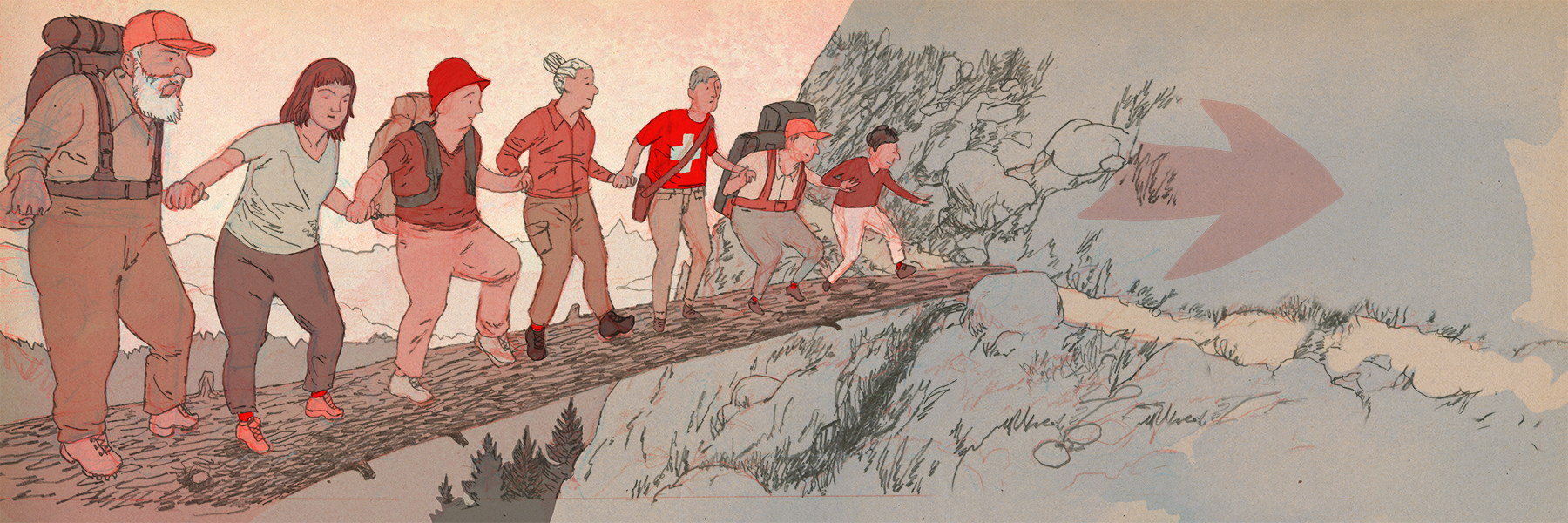






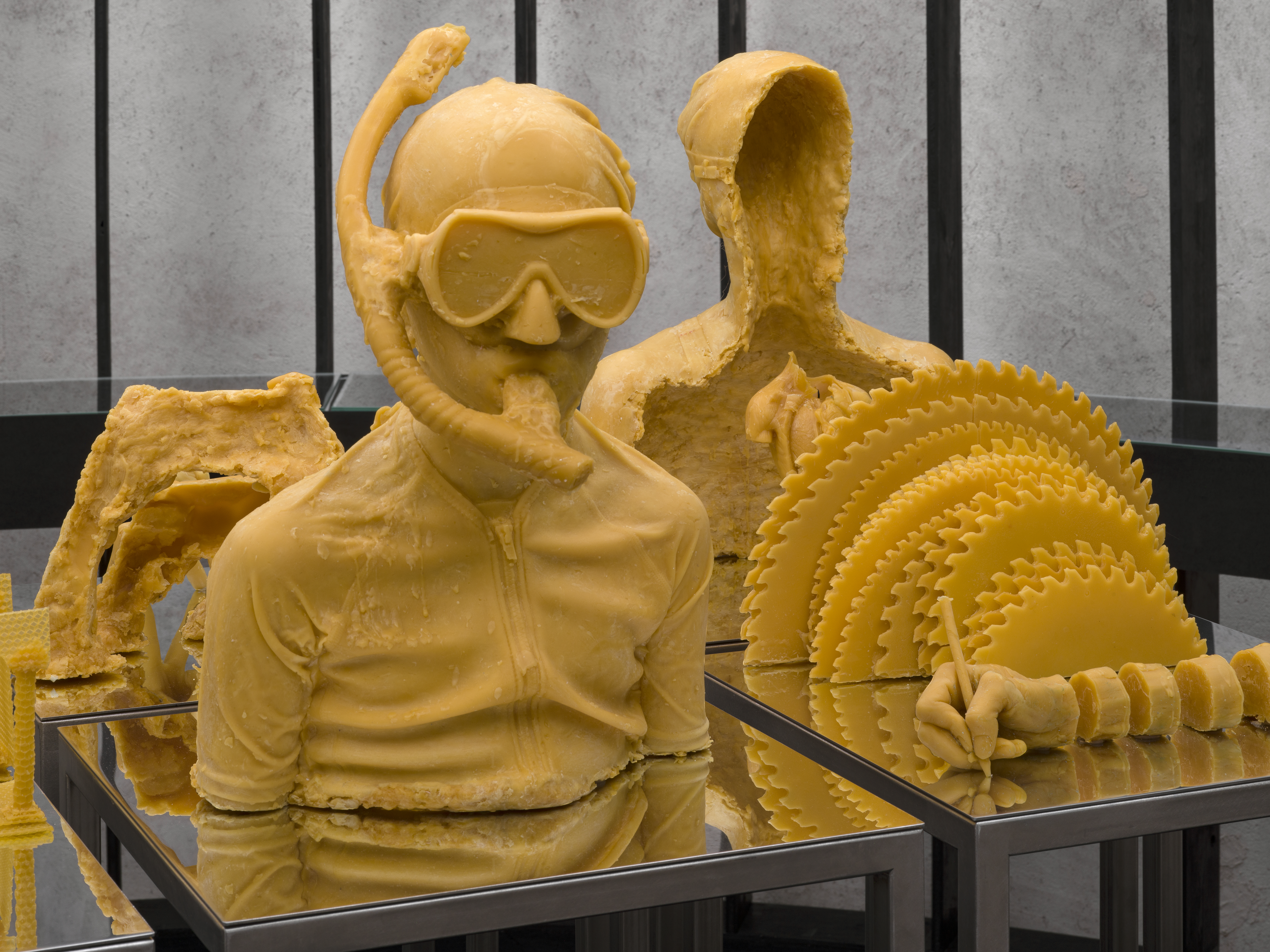
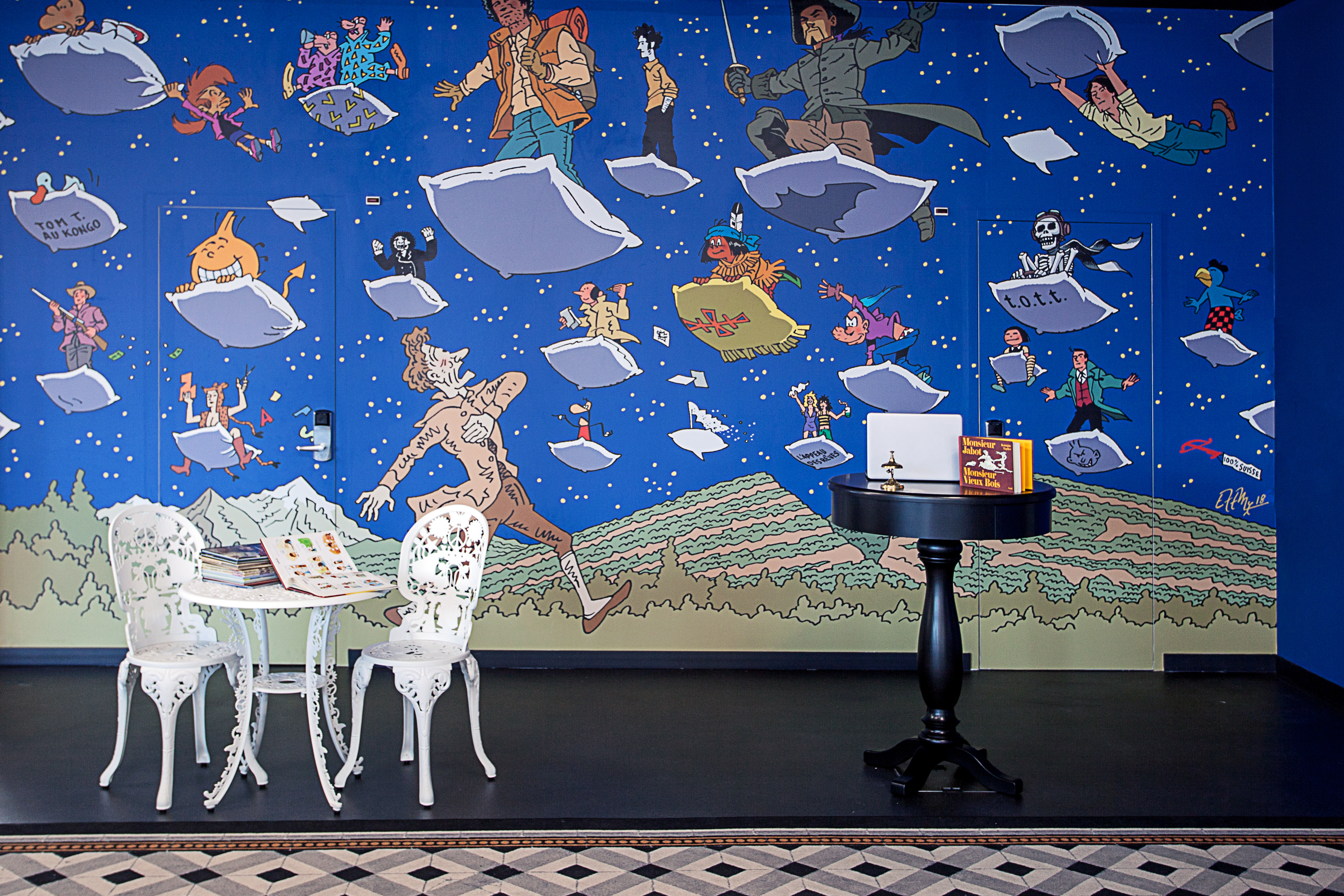




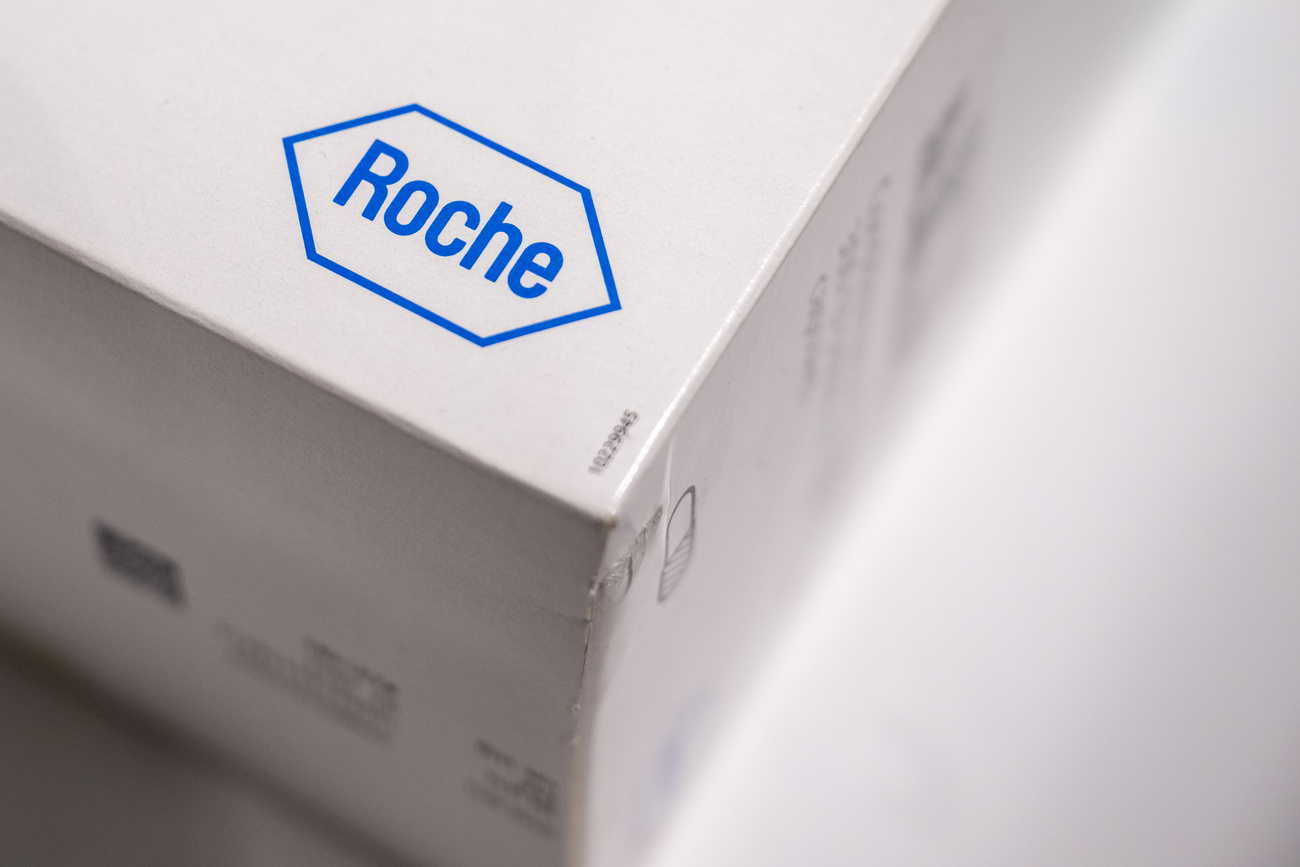







You can find an overview of ongoing debates with our journalists here . Please join us!
If you want to start a conversation about a topic raised in this article or want to report factual errors, email us at english@swissinfo.ch.